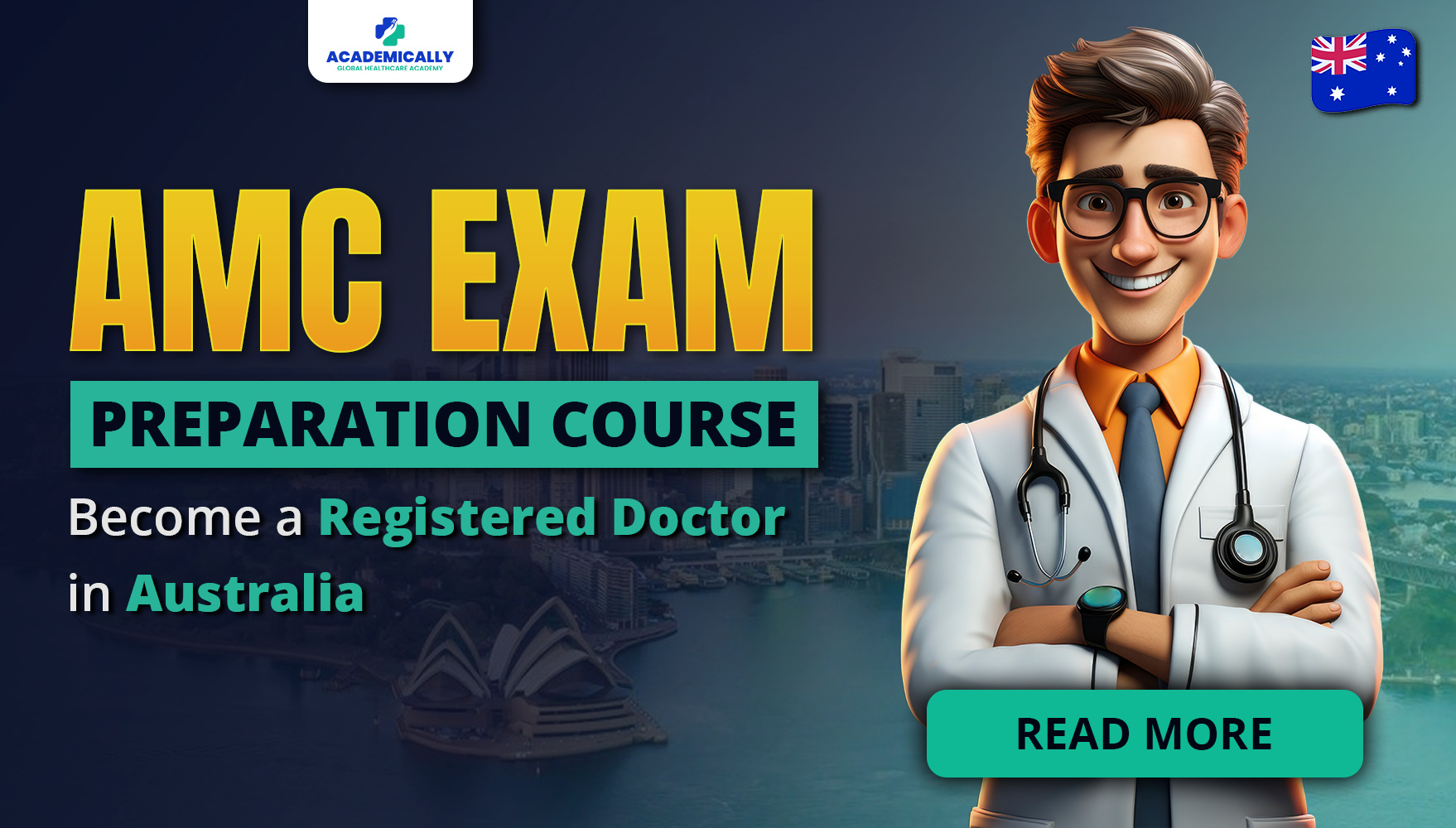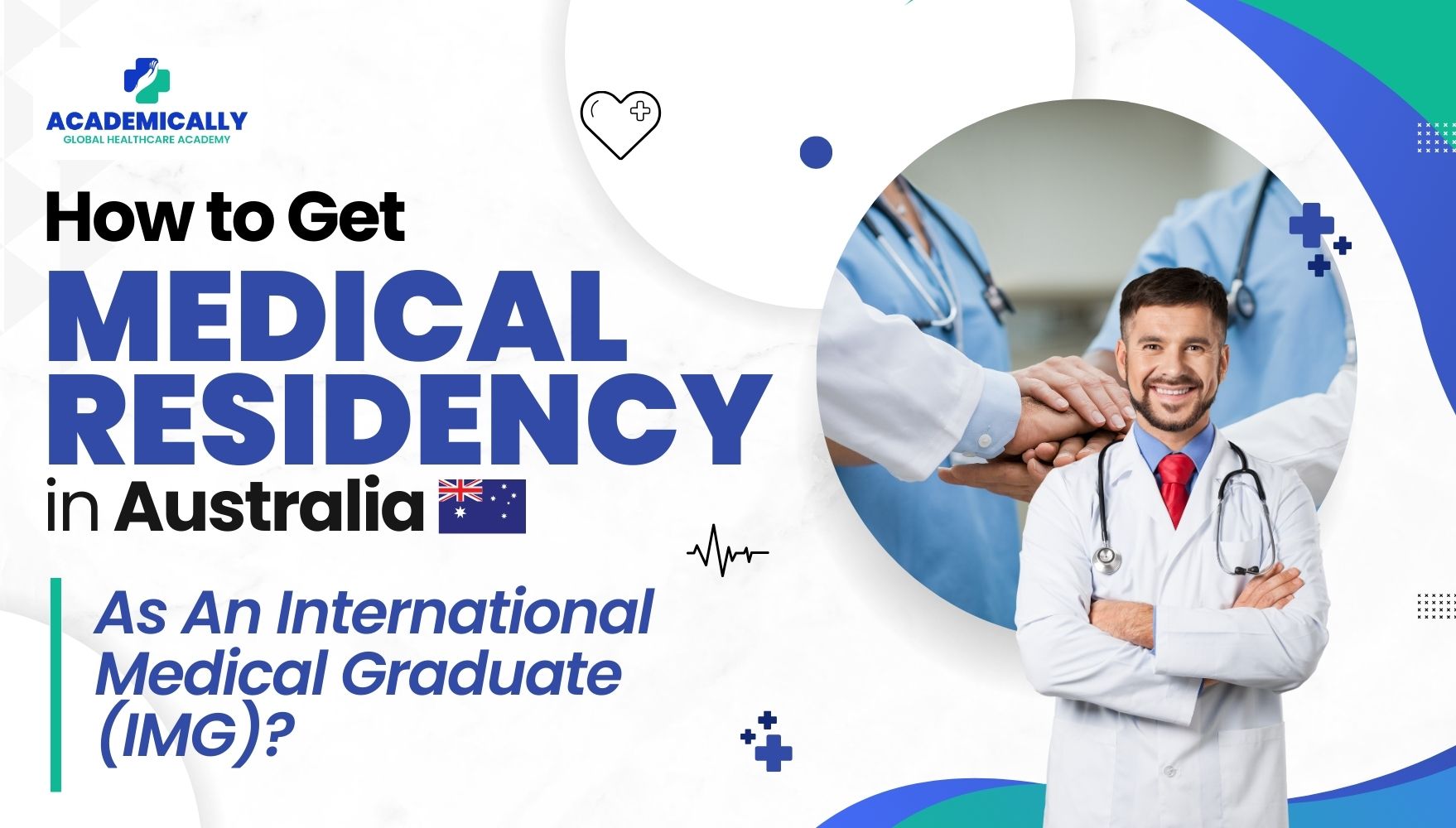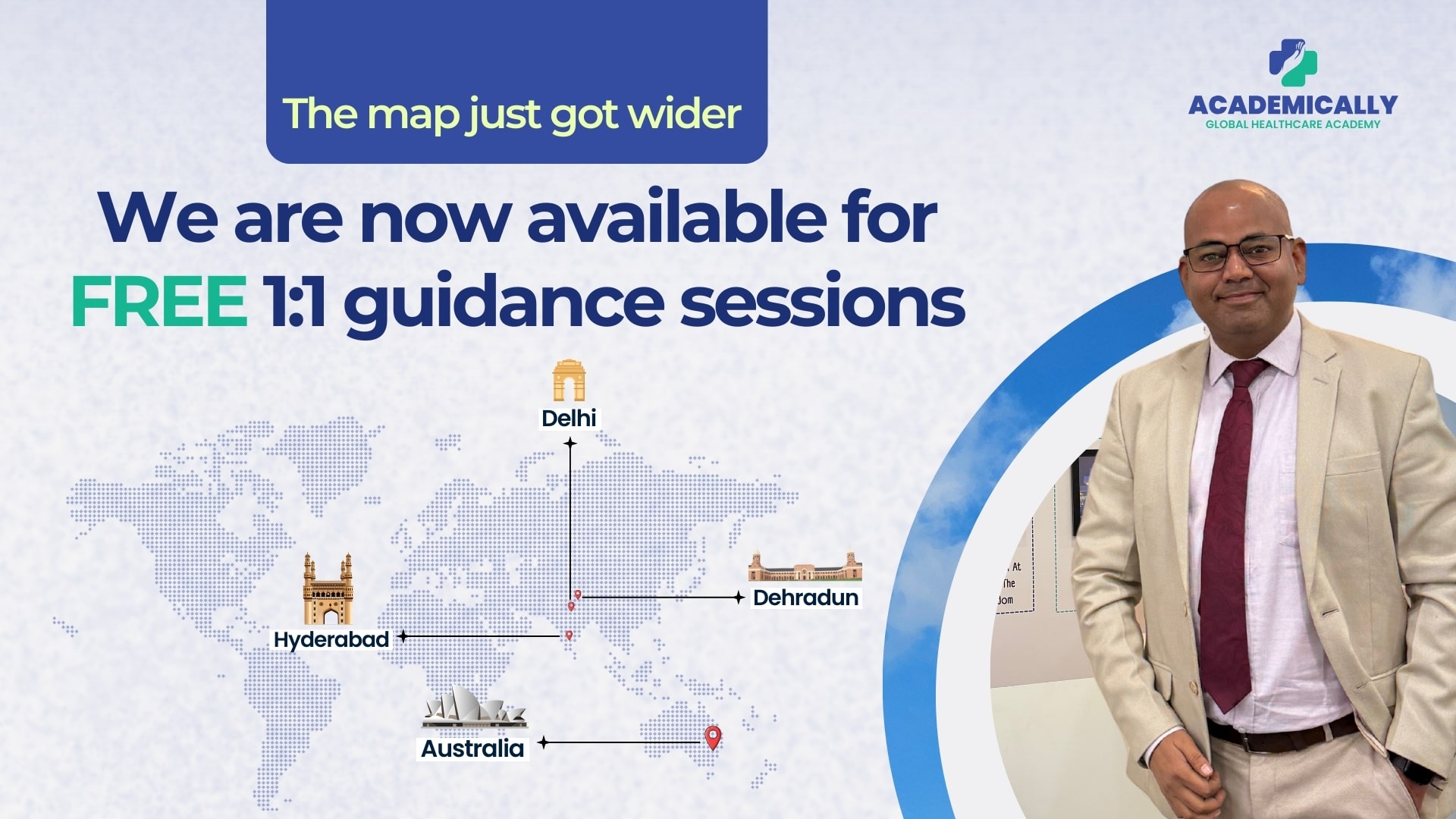What Medical Residency Means in Australia
In many countries, residency refers to postgraduate speciality training. But in Australia, things work a little differently. Here’s how the timeline generally looks:
- Internship (PGY1): This is your first year of clinical practice after medical school. It’s supervised, mandatory, and includes core rotations.
- Residency (PGY2+): After internship, you work as a Resident Medical Officer (RMO). These roles are non-training positions where you gain experience before entering a formal speciality program.
- Specialist Training (Registrar Level): Once you get accepted into a training program (like general practice or surgery), you start postgraduate training under a medical college.
So, as an IMG, when you’re aiming for “medical residency” in Australia, you’re typically looking at those post-internship, pre-speciality roles, usually PGY2+ hospital jobs.
IMG Pathway for Medical Residency in Australia – Step-by-Step
Medical residency in Australia for foreigners is a different process. To achieve this process, there are some steps. Below are the steps on how you can apply for medical residency in Australia:
1. Pass the AMC Exams
The Australian Medical Council (AMC) exam is a key requirement for IMGs. There are two parts:
- AMC MCQ Exam: A computer-based test that checks your clinical knowledge.
- AMC Clinical Exam: An OSCE-style exam that assesses your practical skills and decision-making in clinical scenarios.
Clearing both gives you the AMC Certificate, which is essential if you’re aiming for general registration and hospital-based jobs.
Tip: Many IMGs start applying for jobs after passing AMC Part 1 (MCQ), especially in non-training roles, but having the full certificate opens up more opportunities.
2. Apply for Registration
Once you’ve passed the exams (or even just the MCQ in some cases), the next step is to apply for registration with the Medical Board of Australia:
- Provisional Registration: If you’ve cleared AMC Part 1 but not the clinical exam.
- General Registration: If you’ve cleared both exams and met the supervised practice requirements.
This step is the most important step before you can start working in an Australian hospital. Also, keep in mind while registration, you should have your English proficiency (IELTS or PTE) certificate.
3. Search and Apply for RMO Jobs
Once registered, you can start applying for Resident Medical Officer (RMO) roles. These are hospital-based jobs usually at the PGY2 level or above.
Most hospitals advertise through state health portals like:
- NSW Health
- QLD Health
- WA Health
…and others.
Make sure to prepare a strong CV and be open to working in regional or rural hospitals, they’re often more welcoming to IMGs.
4. Start Working and Build Local Experience
Once everything is done, start looking for a job. Getting your first job might take some time, but once you get it, you will be able to get valuable clinical experience. This will help when planning to move into a formal training program.
Medical Residency in Australia Salary – What IMGs Can Expect
One of the most common questions IMGs have is about pay, and honestly, it’s a fair question. After all the effort you put into clearing exams and getting registered, you want to know if the salary makes it worth it.
The good news? Medical residency in Australia salary levels are quite competitive, even at the early stages of your career.
So, The salary of a Resident Medical Officer (RMO) is between AUD 70,000 to AUD 100,000 per year. This depends on the state, hospital, and your level of experience.
- Apart from this salary, there are usually penalty rates, overtime, and on-call allowances, which can add up to your earnings.
- If you move into a registrar (speciality training) role later, then the salary can go up to AUD 120,000 or more annually.
Each state has its own pay scale and award agreements, but overall, you’ll be earning a stable, full-time salary even as an IMG in a non-training role.
Tip: While metro hospitals can be more competitive, regional and rural hospitals often have higher demand and may offer better salary packages, including relocation support.
Final Words
Getting into medical residency in Australia as a foreigner might seem confusing at first, but once you understand it and take it step by step, it becomes much more manageable. From passing the AMC exams to applying for RMO roles and building local experience, each stage takes you closer to your goal.
The most important thing? Stay focused, be patient, and don’t hesitate to apply widely. Whether you’re just beginning your AMC journey or already halfway through, there’s a clear pathway ahead, and plenty of IMGs have successfully made it through.
Keep going, you’ve got this. If you are finding this process difficult, connect with us and we will help you out!





